Pottery is an ancient art form that has been around for thousands of years. This creative expression is found in every part of the world, connecting cultures and preserving their heritage.
Pottery, also known as ceramic art, is the art of making objects, like cooking or storage vessels, from clay and then hardening them through heat. It emerged as functional art during the Upper Paleolithic era after body painting.
Each region has its own unique pottery style, shaped by different traditions and artistic innovations. Today, we will explore five unique pottery styles that have emerged from different parts of the world.
Majolica Pottery, Italy

Vase in Majolica Pottery Style, Image Source: Wikimedia Commons
Location
Majolica, also known as maiolica, is a type of tin-glazed earthenware that originated in 15th-century Italy. It was produced in various Italian centres like Savona, Florence, Gubbio, Orvieto, Urbino, Deruta, and Faenza.
This style of pottery was introduced to Italy from Moorish Spain through the island of Majorca, which is how it got its name. Similar tin-glazed earthenware is made in other countries and is known as faience or delft.
History
With roots dating back to the Renaissance era, Majolica Pottery found its prominence during the 15th and 16th centuries. Italian artisans mastered the art of tin-glazed earthenware, embellishing their creations with vivid colours and intricate designs.
Unique Features
Majolica painters typically used five colours for their artwork: manganese purple, copper green, iron red, antimony yellow, and cobalt blue. Purple and blue were mainly used for outlining at different times.
They also used a white tin enamel for highlights or on the white tin glaze, known as "bianco sopra bianco" or "white on white."
Jingdezhen Porcelain, China

Jingdezhen Porcelain bowl, Image Source: Wikimedia Commons
Location
Nestled in the picturesque Jiangxi province of China, the city of Jingdezhen is renowned as the "Porcelain Capital" of the world.
History
Jingdezhen, located in south-eastern China, is famous for its ceramics, especially porcelain. The city has a long history of producing high-quality ceramics, dating back to the 6th century CE.
During the Song and Ming dynasties, it became a major centre for porcelain production, supplying the imperial household and the government. Despite facing destruction during various conflicts, Jingdezhen's ceramics industry was revived in the 20th century, and it now produces a wide range of ceramic products.
The city also boasts dozens of ancient pottery kilns and an exhibition ground showcases China's rich heritage of pottery and porcelain making.
Unique Features
Jingdezhen ware gained significant importance during the Song period, especially with the production of Qingbai (Blueish-white) ware. This type of porcelain from Jingdezhen was unique as it had a transparent and jade-like appearance, achieved by applying a transparent glaze with a subtle blueish-white tint.
The decoration on Qingbai ware was done through delicate carving or incising, adding an elegant touch to these beautiful pieces.
Mata Ortiz Pottery, Mexico

Mata Ortiz Pottery, Image Source: Wikimedia Commons
Location
Emerging from the small village of Mata Ortiz in the Chihuahuan Desert of Mexico, this pottery style captures the essence of the rugged landscapes.
History
Mata Ortiz pottery is a revival of the ancient Mogollon pottery discovered in and around the archaeological site of Casas Grandes (Paquimé) in Chihuahua, Mexico.
This contemporary style of pottery takes its name from the town of Mata Ortiz, located close to the archaeological site.
The revival of this art form was largely led by an artist named Juan Quezada Celado, who played a key role in propagating and preserving the traditional techniques and designs of the Mogollon pottery.
Unique Features
Mata Ortiz pottery is renowned for its intricate designs and vibrant colours, often featuring animals, symbols, and geometric patterns of significance to the community.
This pottery style stands apart with its unique techniques like painting, carving, and sculpting, making each piece a remarkable work of art that showcases the exceptional skill and creativity of the Mata Ortiz potters.
Raku Pottery, Japan

Raku pottery, Image Source: Wikimedia Commons
Location
Raku ware, known as raku-yaki in Japanese, is a special kind of pottery deeply rooted in Japanese tea ceremonies, commonly seen as chawan tea bowls.
In the 20th century, studio potters introduced a Western version of raku, adapting its traditional form.
History
In the 16th century, Japanese tea master Sen no Rikyu worked on creating an ideal tea ceremony and had Chojiro, a tile-maker, craft hand-moulded tea bowls for this purpose.
These bowls, initially known as "ima-yaki" or "contemporary ware," were eventually called "raku" due to a seal presented by Toyotomi Hideyoshi that bore the character for "enjoyment."
The Raku family continued this pottery tradition, passing down both the name and style, which have significantly influenced Japanese culture and literature. This style spread through branch kilns like Ohi-yaki and was practised by amateurs and professionals across Japan.
Raku ware became an important part of Japanese ceramics' history, introducing seal marks and fostering collaboration between potters and patrons. It also influenced subsequent pottery styles like Horaku ware from Nagoya.
Unique Features
What sets raku pottery apart is its unique technique: instead of slow kiln maturation, glazed pieces are fired in a hot kiln for about an hour, then rapidly cooled at room temperature.
This intense process creates distinctive effects in both the glaze and the pottery itself due to the stress endured. By using reduction firing, where hot pottery is exposed to oxygen-deprived conditions, the glaze's surface becomes dramatically varied and unpredictable.
The essence of raku lies in embracing chance and the artistic process, resulting in its distinct aesthetic.
Acoma Pottery, Acoma Pueblo people of New Mexico, USA

Hand coiled Acoma pottery, Image Source: PuebloDirect
Location
Acoma Pueblo is a Native American pueblo situated about 60 miles west of Albuquerque, New Mexico, USA. The pueblo comprises four communities: McCartys, Anzac, Acomita, and Sky City (Old Acoma). These communities are close to the larger Albuquerque metropolitan area, including nearby Laguna Pueblo.
History
The Acoma people, part of the Keres tribe, have lived in New Mexico, USA, for centuries, nurturing a rich culture and artistic heritage.
The influence of the earlier Mimbres civilization is evident in Acoma pottery's geometric patterns, referencing the "black on white" style. Marie Zieu Chino played an important role in reviving Acoma pottery in the 20th century by using Mimbres influences.
This sparked interest and collectorship in items related to the Chino family, contributing to the presence of Acoma pottery in today's art market.
Unique Features
Known for its distinctive pottery style, Acoma Pueblo is popular for its thin-walled, unglazed pieces adorned with hand-painted animal motifs, geometric patterns, and muted warm colours.
The pottery's lightweight durability is due to the region's dry climate and the use of locally sourced clay blended with Kaolin.
Acoma pottery is crafted through a traditional "coil and scrape" technique, using pigments from natural sources. The pottery is fired using manure as fuel, resulting in unique "fire clouds."
Conclusion
In today's world, where mass production rules, holding onto unique pottery styles from different corners of the globe has become incredibly important.
These pottery styles aren't just fancy decorations. They actually help skilled artisans make a living, passing down their expertise to the next generation. When we appreciate and spread the word about these special pottery forms, we're kind of paying tribute to the amazing mix of human cultures that shape who we are.
By showing support for these pottery styles, we're doing our part to preserve a super diverse set of traditions and keep ancient practices alive.
You can get your hands on some unique pots at Kuttans. All of these are made with lots of care and keeping into consideration the appeal of handmade crafts.





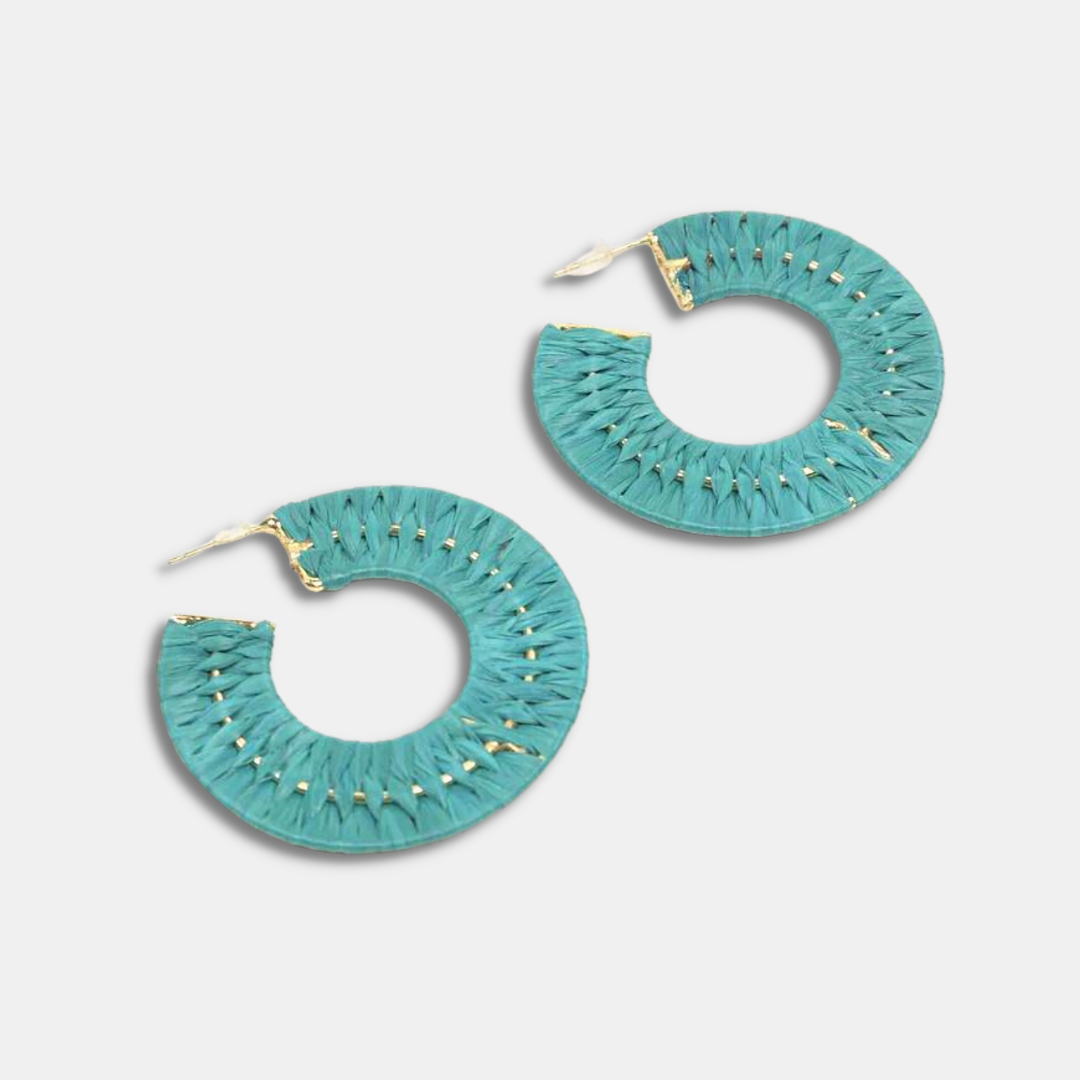
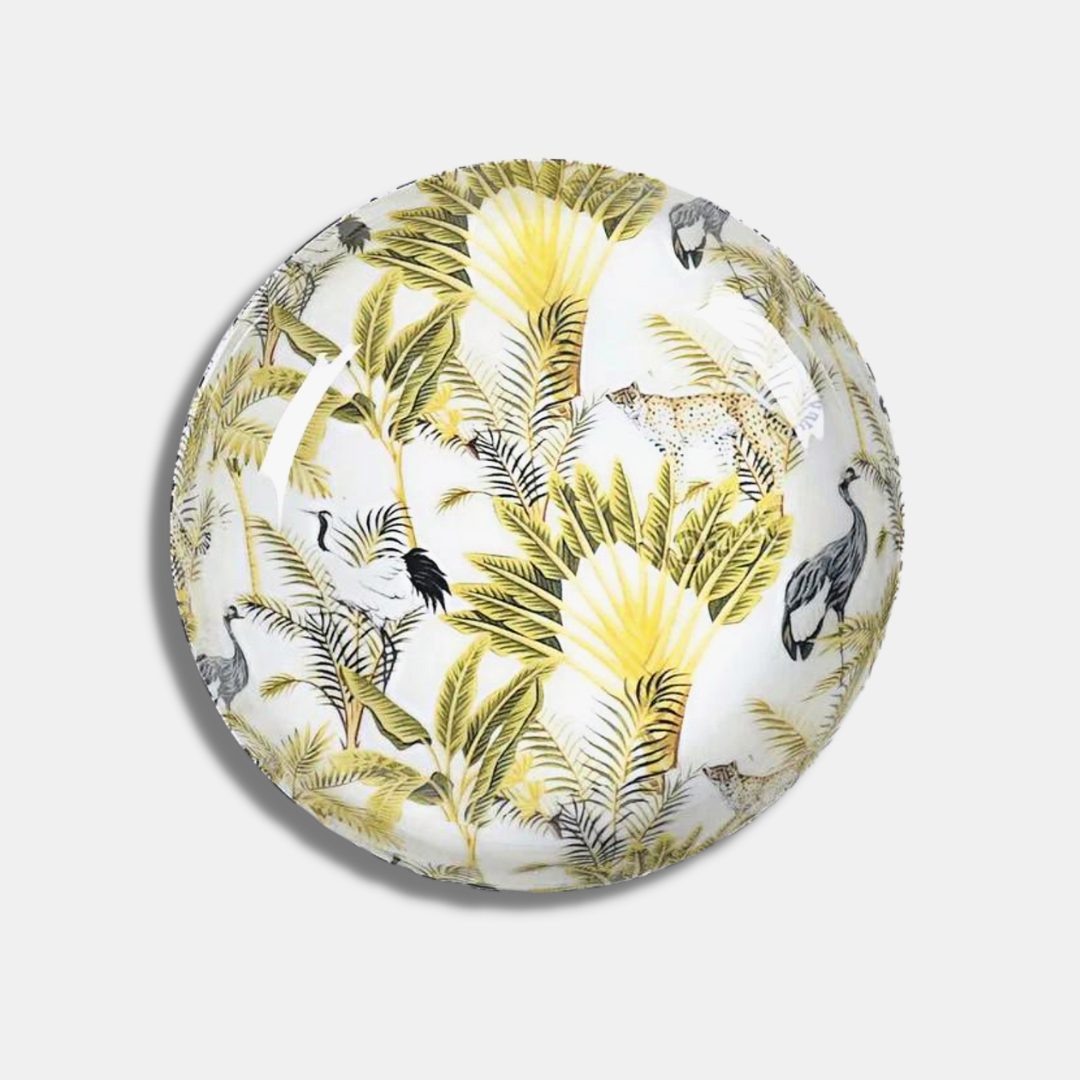
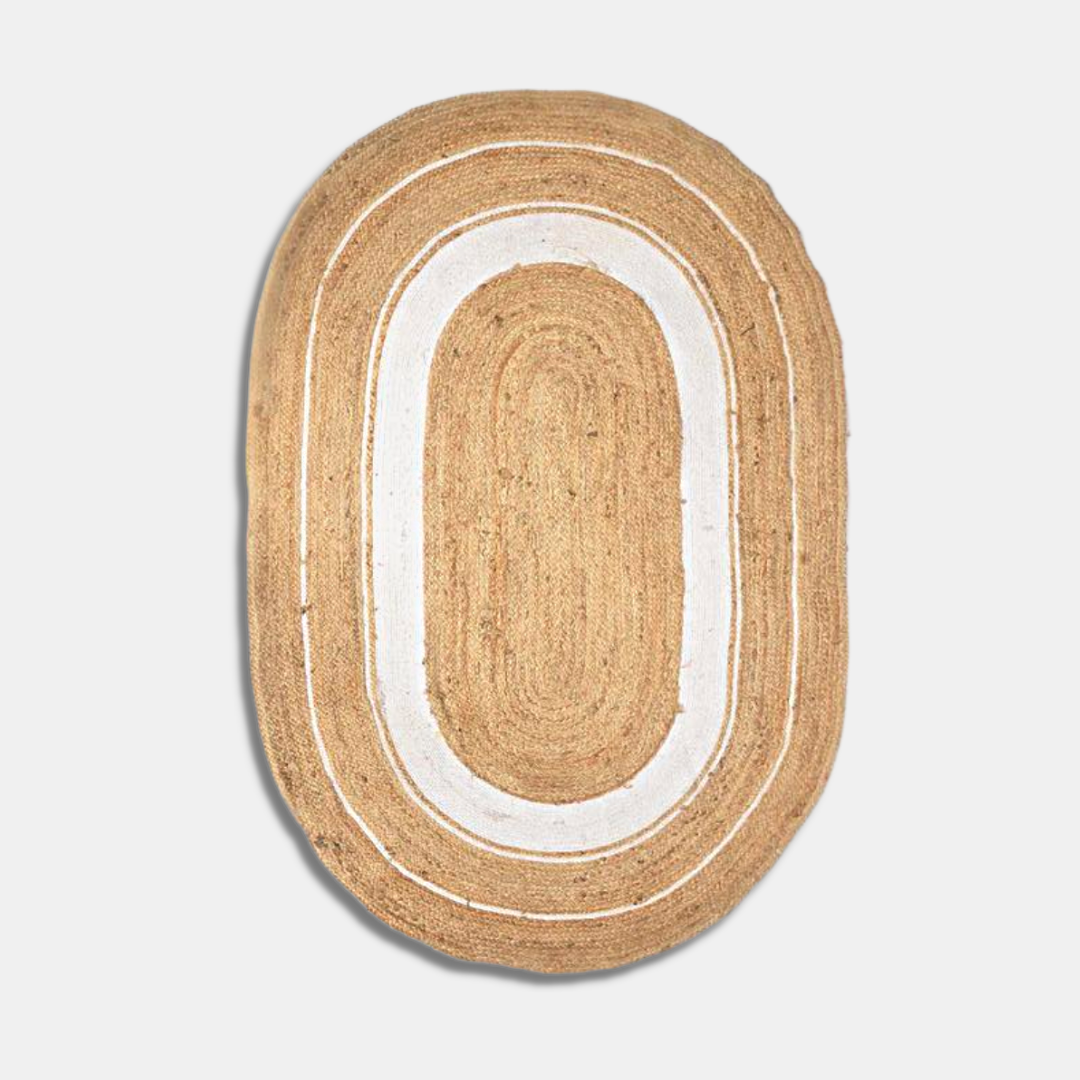
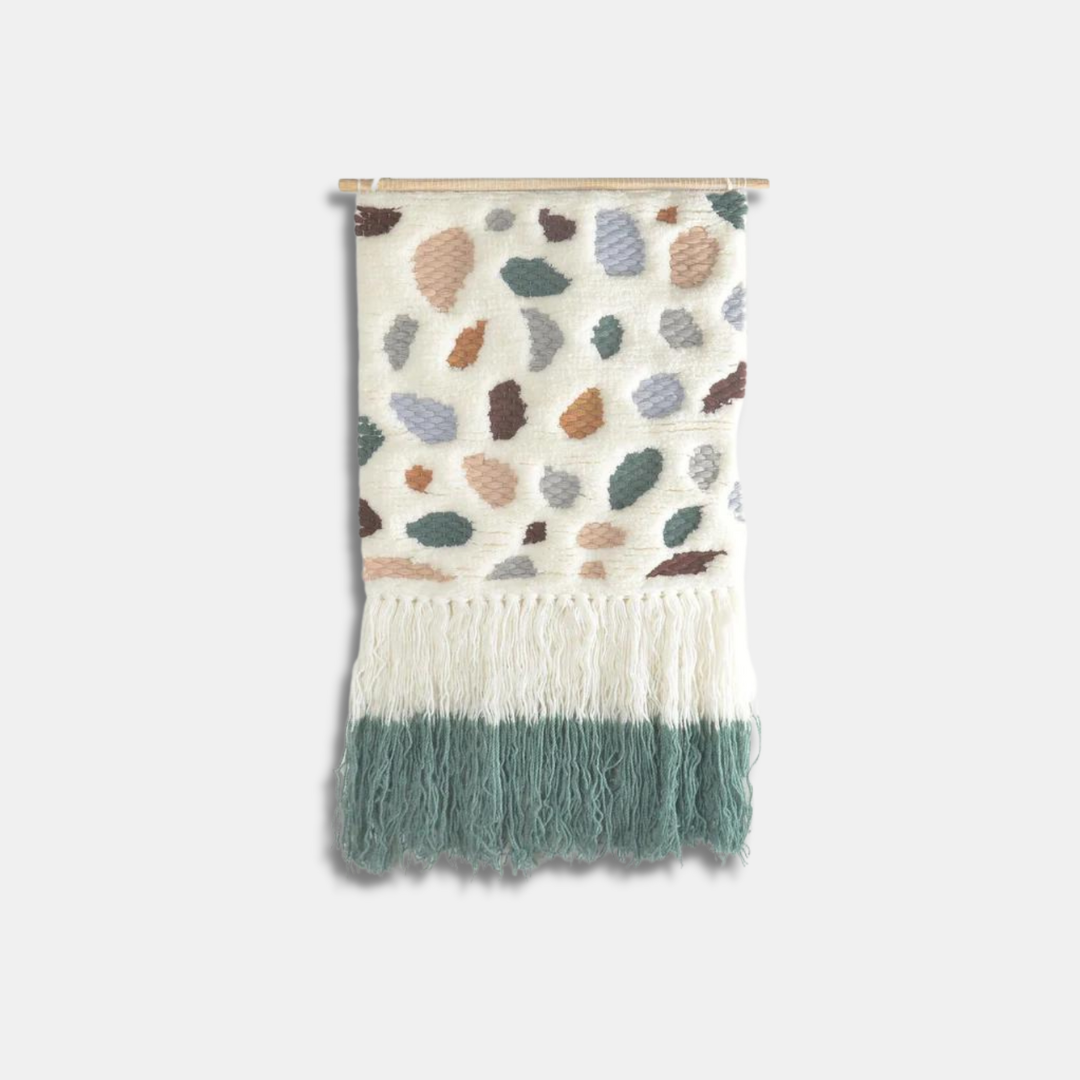
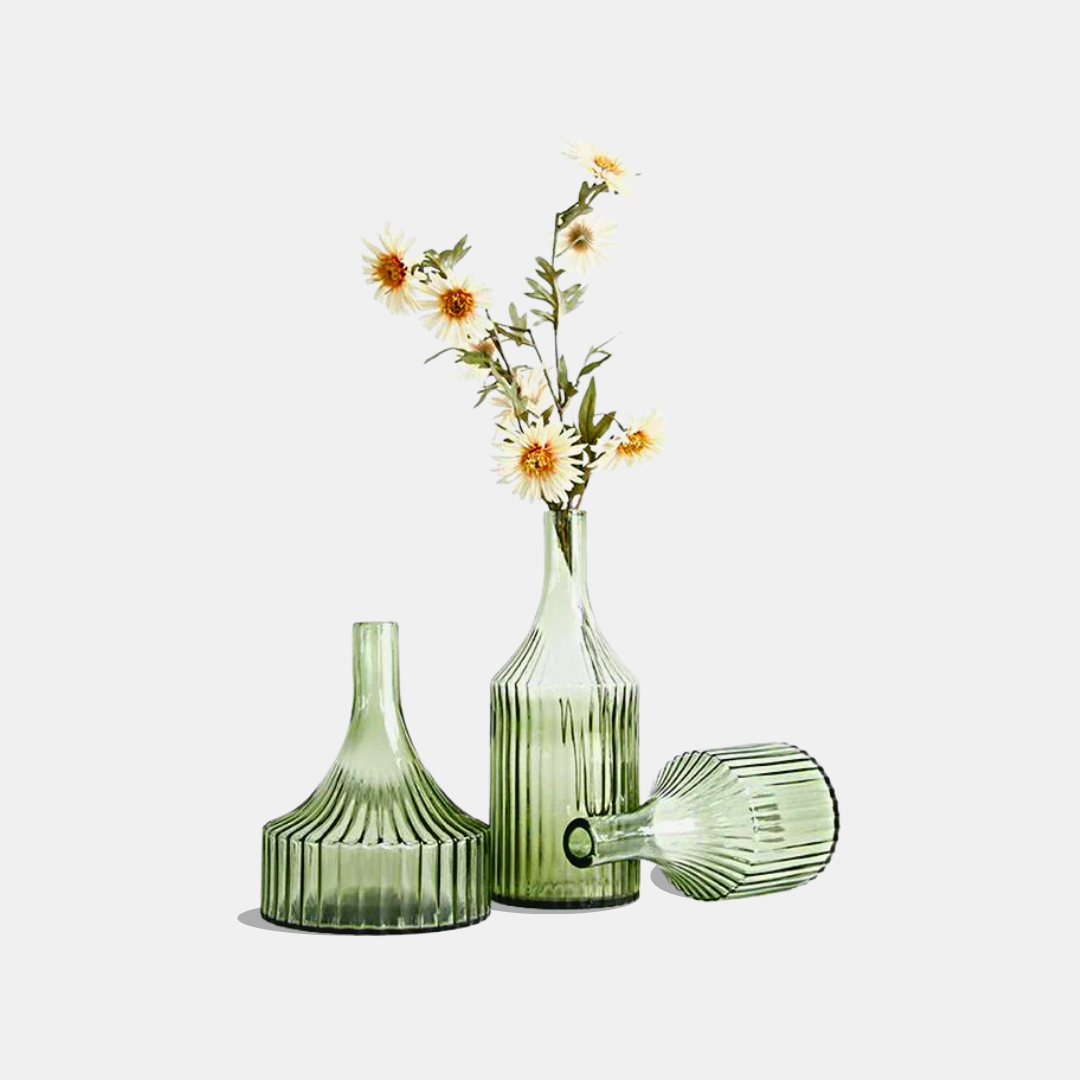
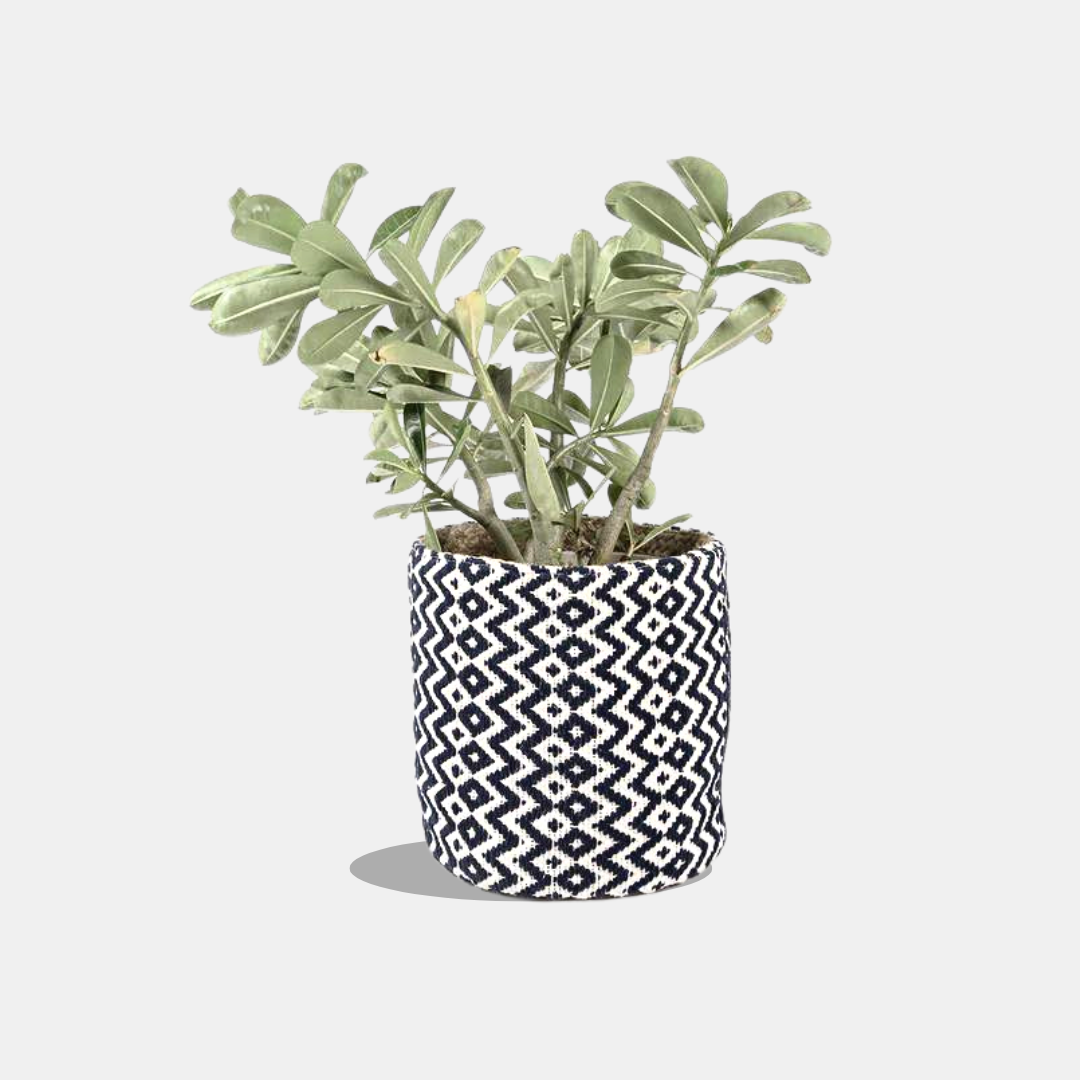
Leave a comment
This site is protected by reCAPTCHA and the Google Privacy Policy and Terms of Service apply.